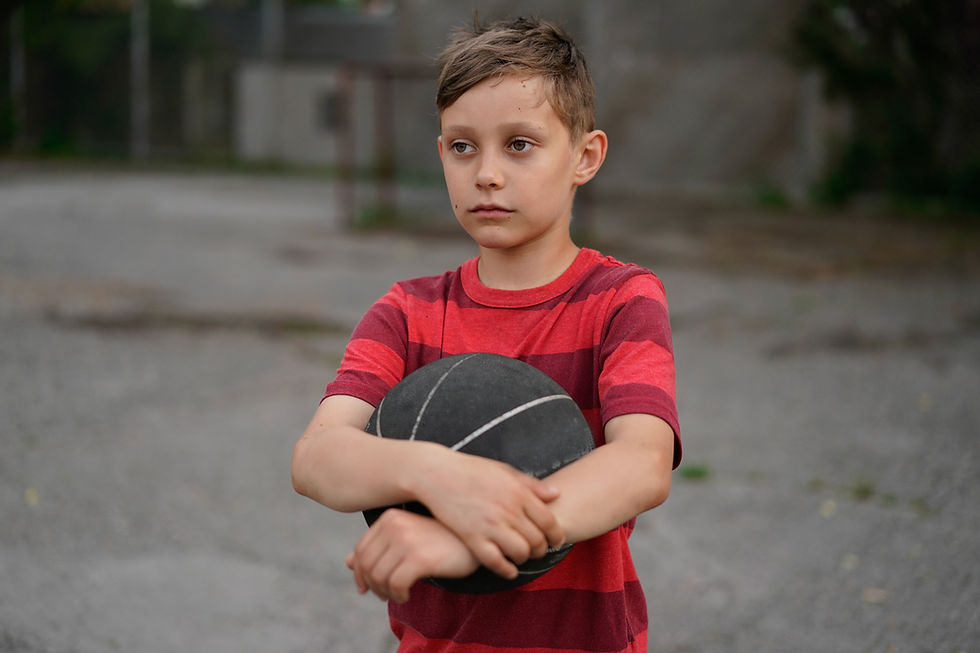SOCIAL-EMOTIONAL LEARNING IN ACTION
- adinalisw

- Sep 2, 2021
- 3 min read
Social-emotional learning can be woven into the day through enjoyable activities which reinforce knowledge and skills. We can help students make the best possible socially-emotionally intelligent choices by providing a wide range of active experiences in the informed choice-making process. This can give them the opportunity to absorb the content through application.
Experiential methods provide a hands-on way to build and reinforce skills and understanding. Through active reflection and inquiry, these methods provide the best way to actively engage the learner in a deep understanding of and ability to apply the knowledge. This understanding can lead to action, across multiple situations and contexts.
There are many options available for bringing social-emotional content to life. Introducing a social-emotional learning topic with any of these options is a great way to immediately and fully involve students in the material. Stories offer one such option. A story gives the information a situational context, helping the learner more easily understand, relate to and apply the knowledge.
This website provides access to stories, including those in my book, and a listing of library books on various social-emotional topics. It is also helpful to encourage students to come up with variations on stories or write their own.
Students can respond to these stories in multiple ways, to further reinforce the concepts. For example, they can read the stories aloud; draw a picture while listening to and in response to the story; answer questions about how they relate to the story in a journal, and dramatize the stories.
Drama can be used to support social-emotional learning in many other ways as well. Students can be asked to role-play in response to numerous social-emotional learning topics, rehearsing expressing and handling emotions, building self-acceptance and fair self-measurement, and developing win-win relationships. Additionally, students can dramatize and practice life-skills such as relaxation techniques, assertiveness, listening and negotiating.
Songs can be used to support SEL as well. My website lists examples of songs for multiple ages that can reinforce understanding of assumptions that need to be edited, and more fact-based beliefs. Students can listen to and respond in the same ways as described for stories. They can also develop their own songs or raps.
Visual arts tool can provide additional options for supporting SEL. For example, to understand how we can hold feelings in, students can create paper plate masks, drawing how their face looks on the outside, and how the are really feeling on the inside of the mask.
Students can also do a storyboard to personally connect with the content. For example, if they were exploring their level of stress, they would start by drawing a line from the top middle of a piece of paper to the middle bottom, and then another line from the left middle of the paper to the right middle. They would then have 4 sections.
On the top left side, students would write a sentence and draw a picture to show themselves worrying about the thing that they worry most about. So that might read “I am worried I’ll flunk”, with a picture of them holding a pencil and frowning. On the top right side, they would write the word “Pause”, and draw a picture of something that reminds them to pause, like a remote, a hand, or a stop sign. In the bottom left, they would write a sentence and draw a picture of what they are doing to help them make a better choice. So that might read “Slow breath”, or “Think facts”, with a picture of them breathing or thinking. In the last section, they would write a sentence and draw a picture of themselves not worrying, and doing great. The sentence might read, “Great job”, with a smiling picture of them holding a paper that says “A +”.
One more option for involving students in SEL content is through the use of videos. There are a series of videos that I could make available on a variety of SEL topics, there are videos available to the web, and there are tools available for students and or teachers to create relevant videos of their own.
In the next blog, I will explore ways in which these and other approaches gives you the tools with which to satisfy the requirements of specific Social-Emotional Learning Standards.









Comments